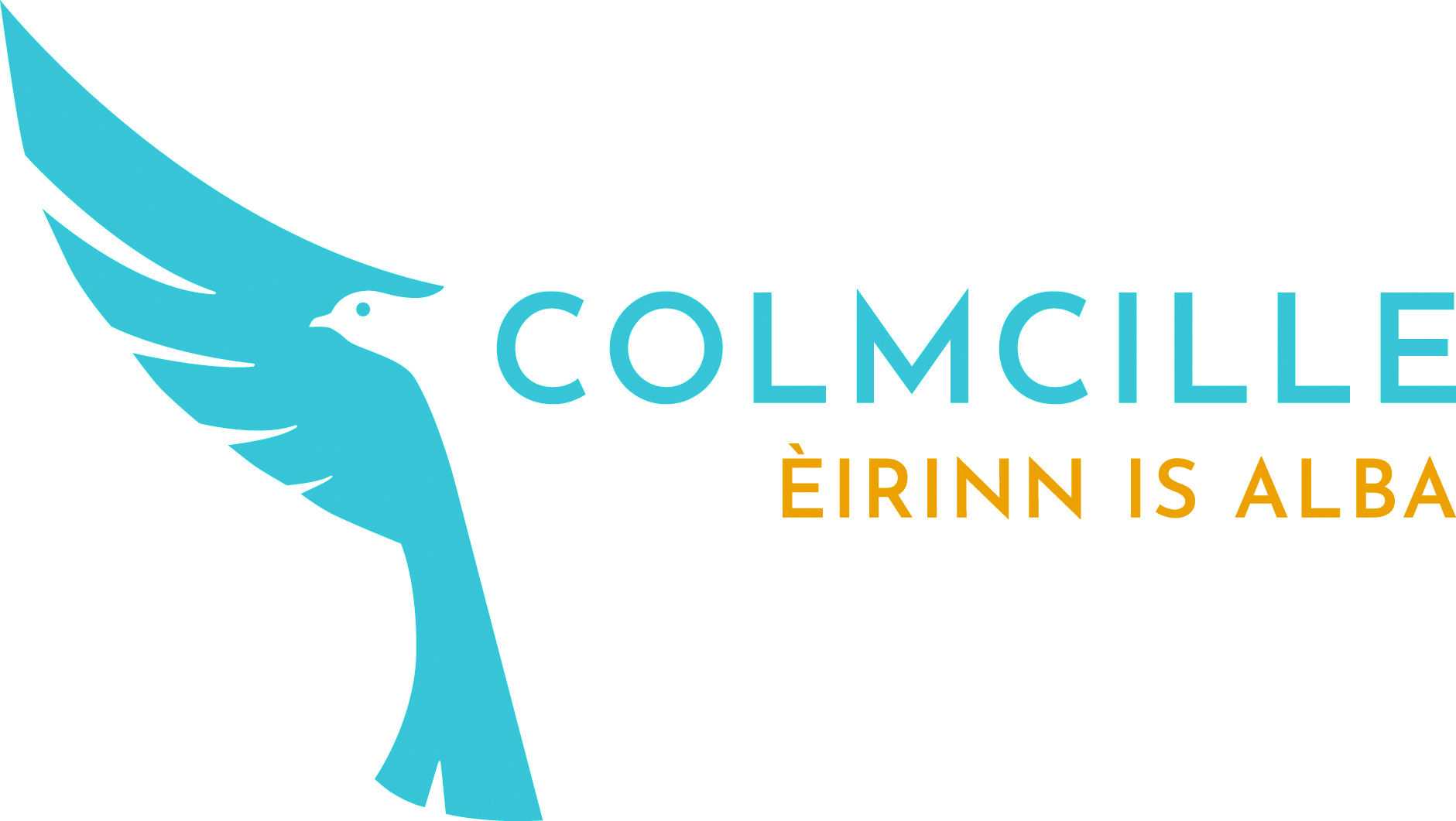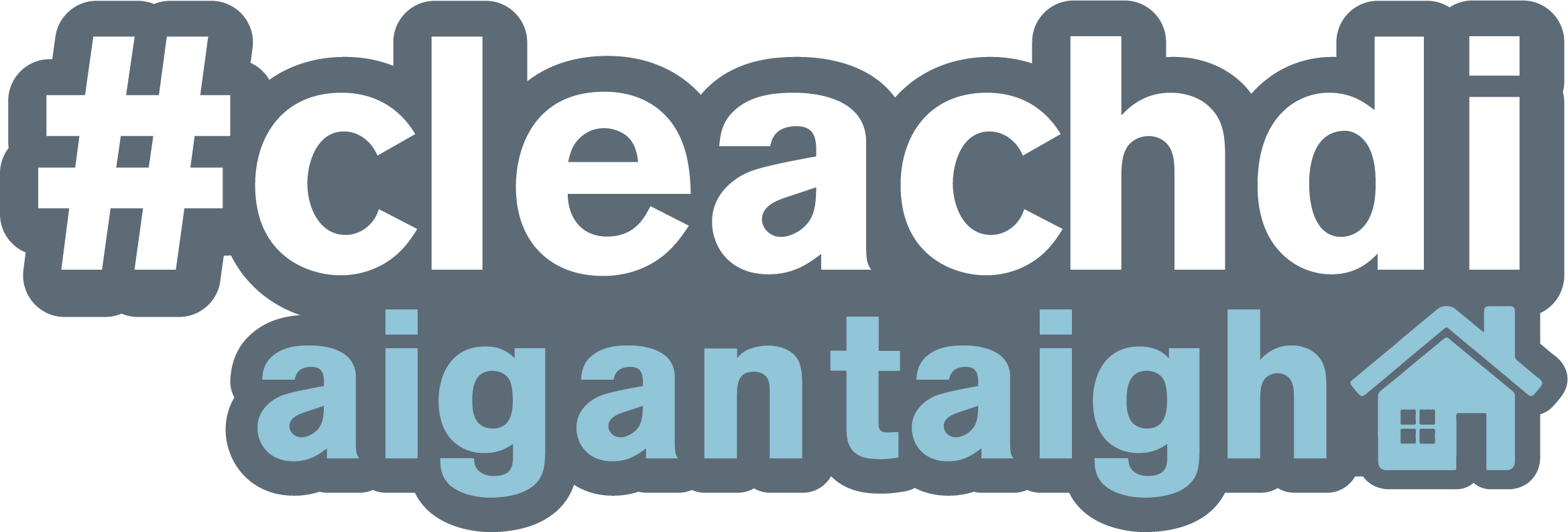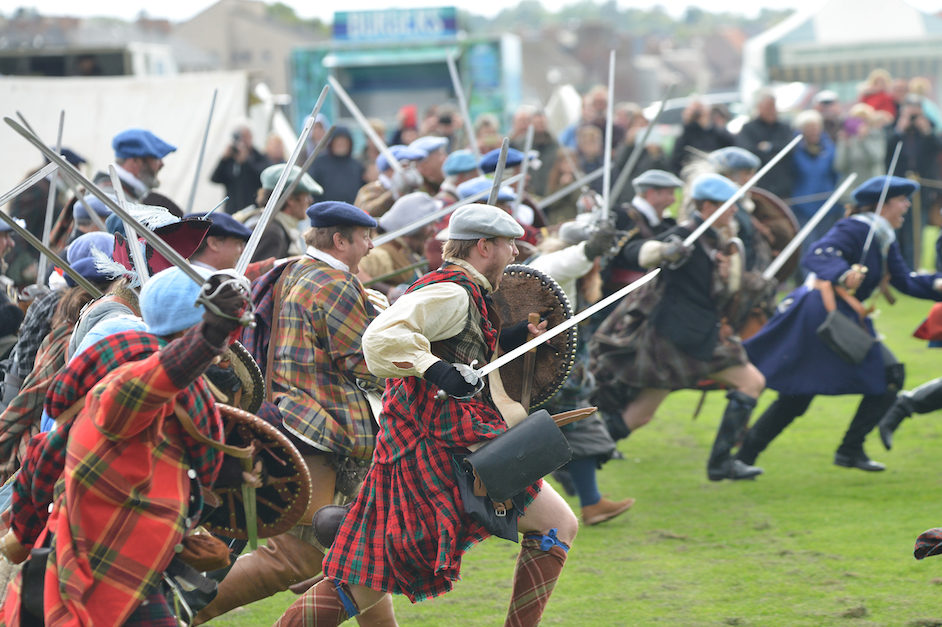Mary MacInnes, Chair, Bòrd na Gàidhlig – Aithris na Maidne
Chair of Bòrd na Gàidhlig, Mary MacInnes, did an extended interview on Aithris na Maidne, BBC Radio nan Gàidheal, this morning focusing on the debate following the publication of the book on Gaelic in the vernacular community. The main points of the interview were:
The Bòrd has not yet discussed the findings of the book formally. However, debate on how to take forward Gaelic is always welcome. There are concerns about the impact of the messages from the book being magnified in these challenging times, and the debate has been hard on all those involved in Gaelic development.
It is now becoming clear that the book is based on research gathered three years ago and that most of the policy referred to is based on the second National Gaelic Language Plan (2012-17).
The focus of the current National Plan is on using Gaelic, whereas the second plan concentrated primarily on learning Gaelic and education.
Increasing the use of Gaelic is achieved in many different ways – through Gaelic language plans, through the work of the Gaelic organisations, through community groups, Gaelic officers, in social media. But we need to do much more.
The current National Plan recognises that other issues impact on Gaelic – such as the economy, availability of housing, affordable and effective transport and digital connectivity – and Gaelic should be considered when developing all of these policies.
This Plan recognises that there are different communities of Gaelic speakers – island and rural areas; those in towns and cities; and an online community; and that different strategies are required to support these.
The island communities are changing; there are many in the islands who are not Gaelic speakers and we all need to develop different responses to meet the challenges and complexity of language development.
About £1 million of Bòrd na Gàidhlig’s funding is spent in the Western Isles annually, which supports employment, projects, activities and services.
The Bòrd has not discussed the recommendation that there should be a community trust for Gaelic. Bòrd na Gàidhlig, which is a public body, has board members who are very experienced in community development. The islands have a very strong Third Sector with effective structures and there are opportunities to strengthen Gaelic within this and to increase communications between them.
In conclusion, more people in the islands need to use Gaelic more often, Bòrd na Gàidhlig needs to do more, the Government needs to do more, the Gaelic organisations need to do more and the local authorities, particularly Comhairle nan Eilean Siar, Highland Council and Argyll and Bute Council need to do more.
You can listen to the interview in Gaelic here.




